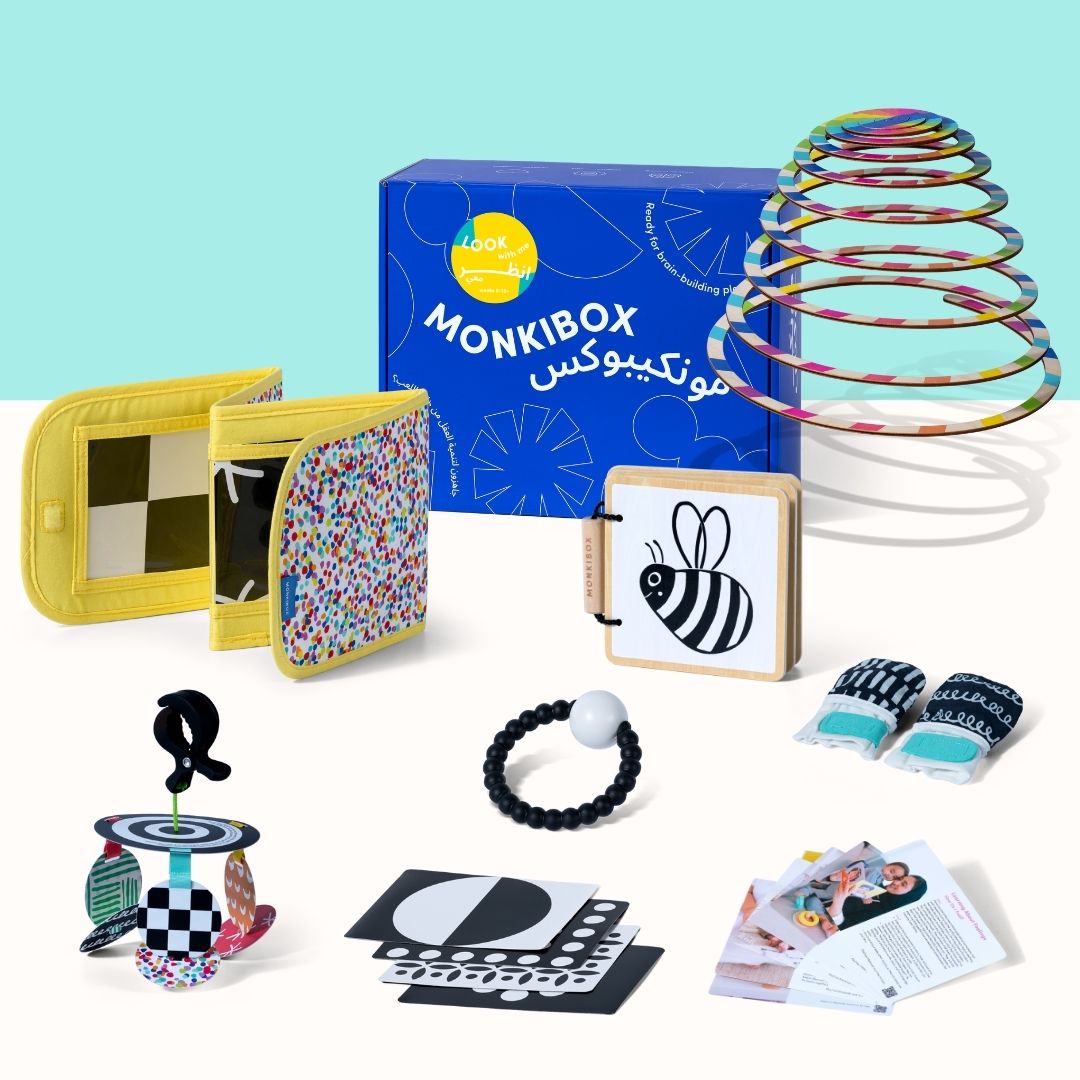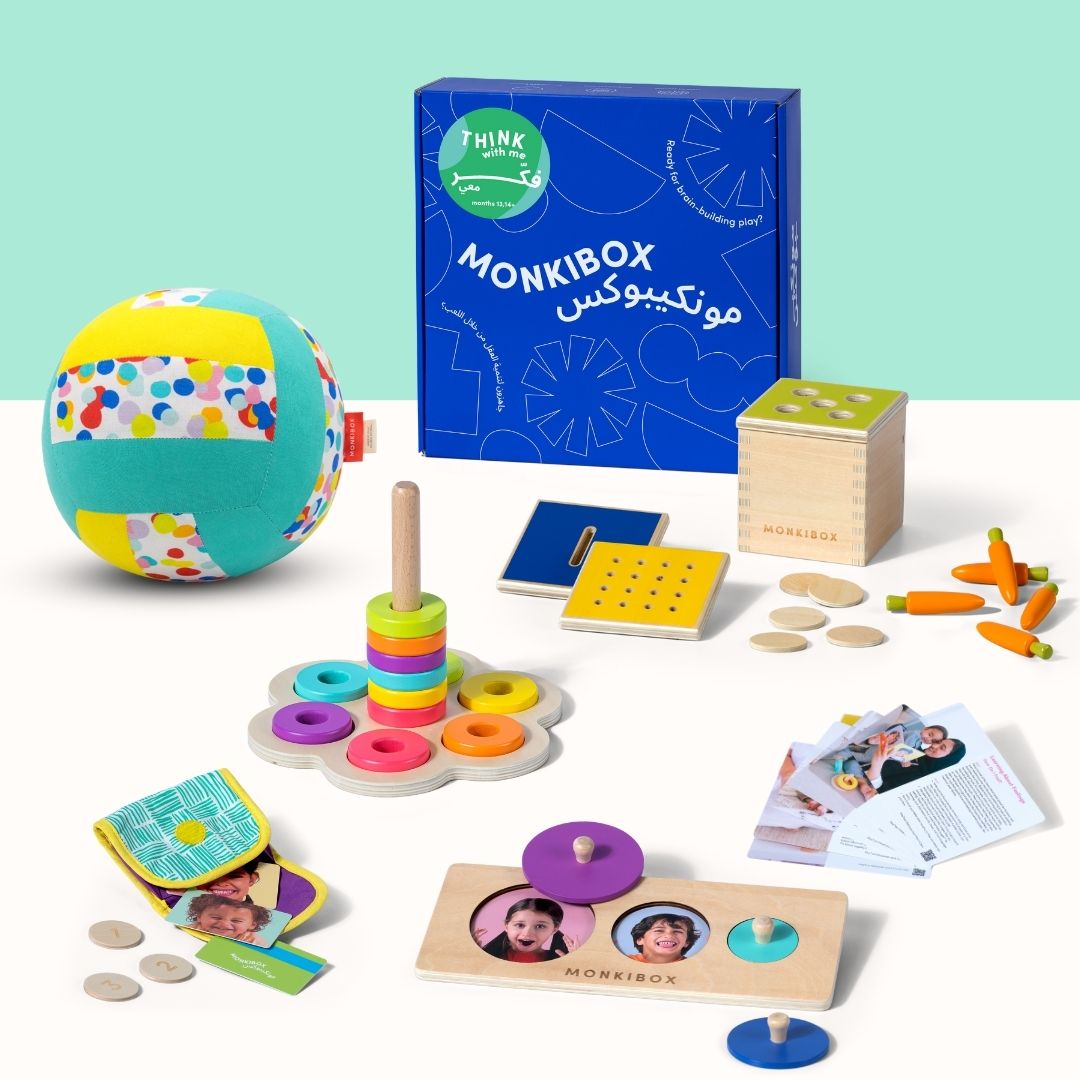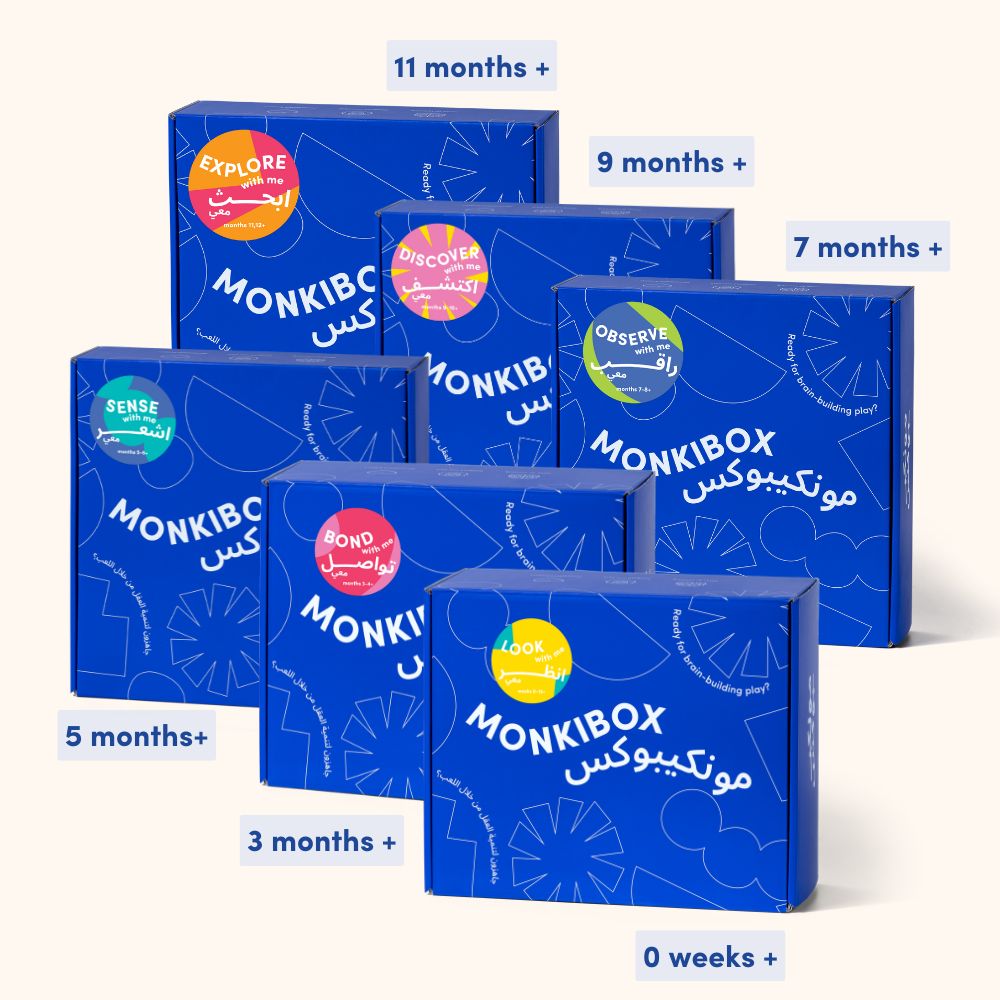Understanding Play Schemas: A Foundation for Learning
You may have heard about ‘play schemas’ in our other posts or stumbled upon them online. But what exactly are these schemas, and why are they important? Play schemas are repeated actions that children use during playtime to explore and make sense of the world around them. They help your little one make mental connections between their actions and the outcomes they observe, laying the foundation for more complex cognitive skills.
Key Play Schemas to Know:
-
Connection Schema:
This schema involves linking or joining objects together. Encourage this by having your child create paper chains or connect toys, helping them understand relationships and sequences. -
Transporting Schema:
Your child loves moving objects from one place to another. You can foster this by setting up boxes in different areas and asking them to transfer toys between them. The water jugs from the Move With Me box are perfect for this, allowing them to practice pouring and transferring. -
Trajectory Schema:
Focused on the movement of objects through the air, this schema is evident when your toddler enjoys throwing, dropping, or launching things. It’s a hands-on way for them to explore gravity and motion. -
Positioning Schema:
Does your toddler enjoy lining up toys or stacking items? This schema involves arranging objects in a specific way, helping them develop spatial awareness and order. -
Enveloping Schema:
Many children love being wrapped up in blankets or hiding things in enclosed spaces. This schema is about creating boundaries or enclosing objects, which can be encouraged through activities like building forts or wrapping toys. -
Rotation Schema:
Spinning or turning objects is fascinating for children. You can explore this schema by spinning the wheels of the bus from our Imagine With Me box or even showing them how to spin themselves around the room.
The Role of Play Schemas in Development
These schemas are essential for cognitive development, laying the groundwork for more abstract thinking and problem-solving skills in later years.
Understanding and recognizing play schemas can help you provide targeted activities that nurture your child's natural curiosity and learning process. By engaging with these schemas, you’re supporting their cognitive development in a fun and meaningful way.





